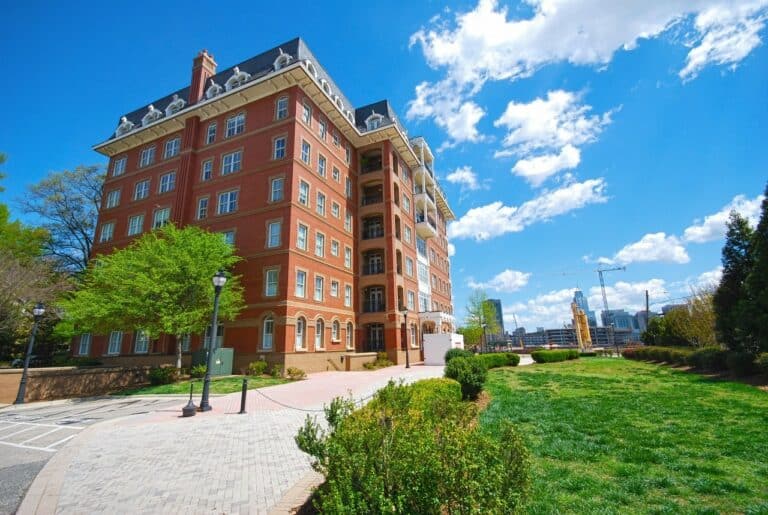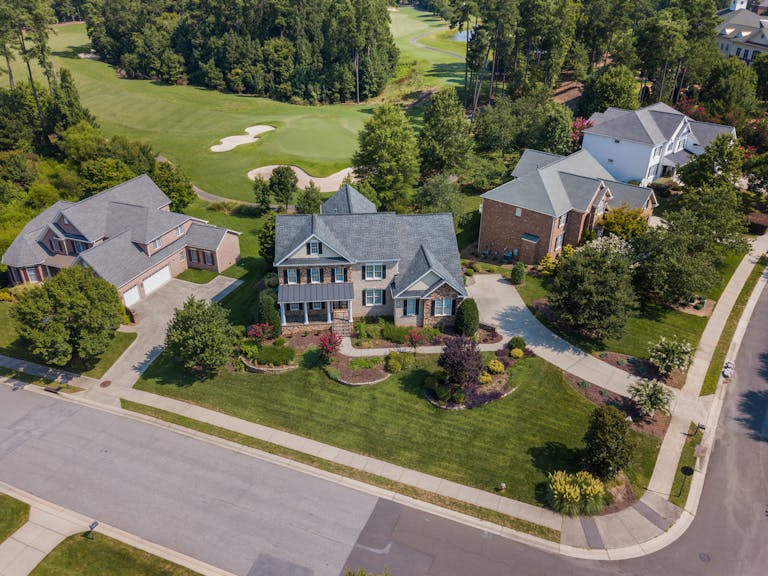These days, it’s not enough to have money in the bank. Prudence dictates that you should have
other assets and investment instruments, too, in order to grow your money exponentially and be
adequately prepared for rainy days, as well as old age. Investing in real property is proving to be
among the best of these investments, and this is especially true with rental properties, as these
can potentially provide steady, extra cash flow.
Needless to say, for your investment property to become a worthy venture, you need to be
mindful of every single step of the process, from buying the property to managing it as a rental.
Here’s a step-by-step guide to help you get it done.
Location is King
When it comes to rentals, the age-old mantra of realtors—location, location, location—very
much applies. The reason for this is simple enough. Prospective tenants, whether short- or long-
term ones, will always value proximity to establishments like restaurants and shopping centers,
as well as being nearby public transportation, schools, hospitals, and more. In places heavy with
tourism, being close to popular sights and attractions are a big selling point, as well.
Now, even with location as a priority, it’s just as important to consider other factors in your
purchase of investment property. It’s a good idea to hit the pavement and find out what similar
properties in the area are going for, both in terms of purchase price and rental rates. Your
budget is also a very important consideration. And of course, don’t forget aesthetics, as well as
the age and condition of the property.
Prepare to Make Improvements
Every so often, you’ll encounter a property that ticks the right boxes, but may be dated or in
need of repairs here and there. With a thorough home inspection (typically costs between $300
and $500) and straightforward negotiations with the seller, such a property may prove to be a
good buy. However, it will also likely need improvements to make it a rental that’s attractive to
prospective tenants. It’s more than useful, therefore, to have a clear picture of what tenants
usually come to expect from a property.
One such home improvement that’s worth exploring is adding wood flooring to a property. This
is arguably the best flooring for a rental as it can last for years when properly maintained and
cared for, plus it can increase the value of the property. Moreover, tenants love it because it
provides warmth to any living space, and it’s fairly easy to clean.
Of course, the cost of installing wood flooring is definitely something you’ll want to take into
account, as well. Generally, bamboo, pine, and other kinds of softer wood are cheaper, while
exotic and engineered hardwood are on the pricey side. Moreover, labor costs, plus extras such as removing furniture or repairing and/or disposing of existing flooring, also need to be factored in. All in all, you’re looking at as much as $11,000 for a high-end wood floor installation.
Get the Right Tenants
As soon as your rental property is ready to be rented, you will want to find tenants right
away—not just any tenant, for that matter, but the right ones. To start, this will entail getting your
property listed on the appropriate platforms—that is to say, those that are geared toward the
tenant and lease term of your choice. This will require a fair bit of technical and marketing
savvy, especially since there will likely be similar listings to compete within preferred
neighborhoods.
Vetting tenants is also another task that you need to take seriously. Again, you want to end up
with the right tenant who isn’t only financially stable and pays their rent on time, but whose
lifestyle also fits your requirements. This is particularly important for long-term rentals, though
short-term ones will also be better served with some sort of review process, which most listing
sites provide.
Consider Professional Management
Of course, the work doesn’t stop there. In order to make your rental property a successful one,
there are, in fact, a host of other tasks that you, as a landlord, will need to take care of, from
arranging cleanup to maintenance, drawing up contracts to bookkeeping—all of which can be
overwhelming for a novice. Alternatively, you can consider entrusting the nitty-gritty to a
property management company. Generally, they will take care of just about everything
concerning the rental for a fee, leaving you with more opportunities to enjoy the rewards.
Ultimately, buying an investment property and turning it into a profitable rental is one of the best
investments you can make—but only if you do it right. So get to know what you’re in for and
what it takes to succeed because when you do, you really do.











